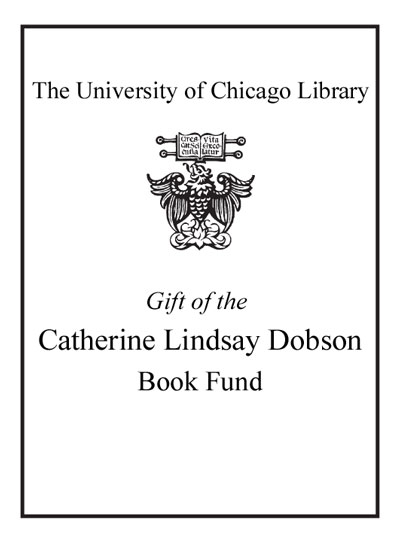Disobedient practices : textual multiplicity in medieval and golden age Spain /
Saved in:
| Imprint: | Newark, Delaware : Juan de la Cuesta, [2015] ©2015 |
|---|---|
| Description: | 185 pages ; 23 cm. |
| Language: | English Spanish |
| Series: | Juan de la Cuesta Hispanic monographs. Series Estudios de literatura medieval "John E. Keller" ; no 9 Juan de la Cuesta Hispanic monographs. Series Estudios de literatura medieval "John E. Keller" ; no. 9. |
| Subject: | |
| Format: | Print Book |
| URL for this record: | http://pi.lib.uchicago.edu/1001/cat/bib/10325032 |
| Summary: | The cultural landscape which characterized Spain from the time of the Muslim invasion to the heights of its Golden Age was tremendously complex. Some scholars have seen in the history of the Peninsula a recurring desire for unification-be it geographic, linguistic, or religious-while others have pointed to the myriad ways in which the unique tri-cultural mix of Muslim, Jewish, and Christian manifested itself. This volume adds to the conversation by examining ways in which textual multiplicity responds to various forms of coerced unification. The essays grouped in the first part of the collection look at works in which we can recognize a variety of coexisting philosophical and religious models at play. Chapter 1 examines El filosofo autodidacta, a fusion of Greek neo-Platonism with some of the more liberal strains of oriental Islam written in twelfth-century al-Andalus. Chapter 2 shows how a philosophical-theological allegory in the Sumario of a Morisco author may have functioned in the multiple confessional communities of late medieval and early modern Spain. The third chapter looks at a seventeenth-century biblical comedy by Alvaro Cubillo de Aragon, which reworks the Genesis narrative of Lot shifting between different models of divine and civil obedience. The second half of the volume focuses on literary writing practices and mechanisms in which we can see a response to the unifying impulse. Chapter 4 examines regulatory and narrative determinism in late fifteenth century Castile as it is critiqued by the acrostic which opens Celestina. Chapter 5 considers maurophilia and maurophobia in Castilian literary works of the sixteenth and seventeenth centuries while chapter 6 looks at shifting viewpoints of the bufon-cronista in the mock historical chronicle of Don Frances de Zuniga. Chapter 7 shows how the echoes of defiant Golden Age practices reverberate in a recent theatrical performance of the works of Maria de Zayas. Chapter 8 ends the collection by focusing on the ways in which Cervantes plays with two distinct textual models that seem to coexist in Don Quixote: one which appears to offer multiple narrative layers and one which does not. |
|---|---|
| Physical Description: | 185 pages ; 23 cm. |
| Bibliography: | Includes bibliographical references. |
| ISBN: | 9781588712615 1588712613 |

